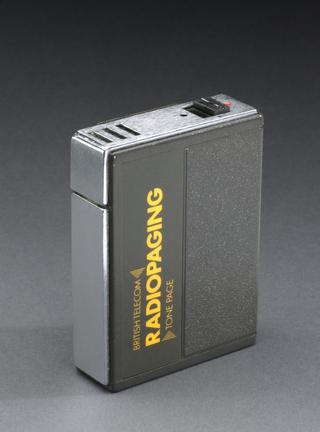
Cooke and Wheatstone five-needle telegraph
- inventor:
- William Fothergill Cooke and CHARLES WHEATSTONE

Cooke and Wheatstone's earliest (five-needle) telegraph, England, 1837.
The first public telegraph service in the world began in 1839, with this device at one end and a similar instrument at the other. Running 13 miles (21 km) alongside the Great Western Railway from London Paddington to West Drayton, it made use of Oersted's recent discovery that an electric current flowing in a conductor could move a nearby compass needle. With the addition of a suitable coding system, it found an ideal market in the developing railway network, and was the first practical use of electricity for long-distance communication.
Details
- Category:
- Telecommunications
- Object Number:
- 1876-1272
- Materials:
- wood (unidentified) and metal (unknown)
- Measurements:
-
overall: 780 x 420 x 700 mm (approximate)
- type:
- telegraphs and five-needle telegraphs
- credit:
- HM Postmaster General




